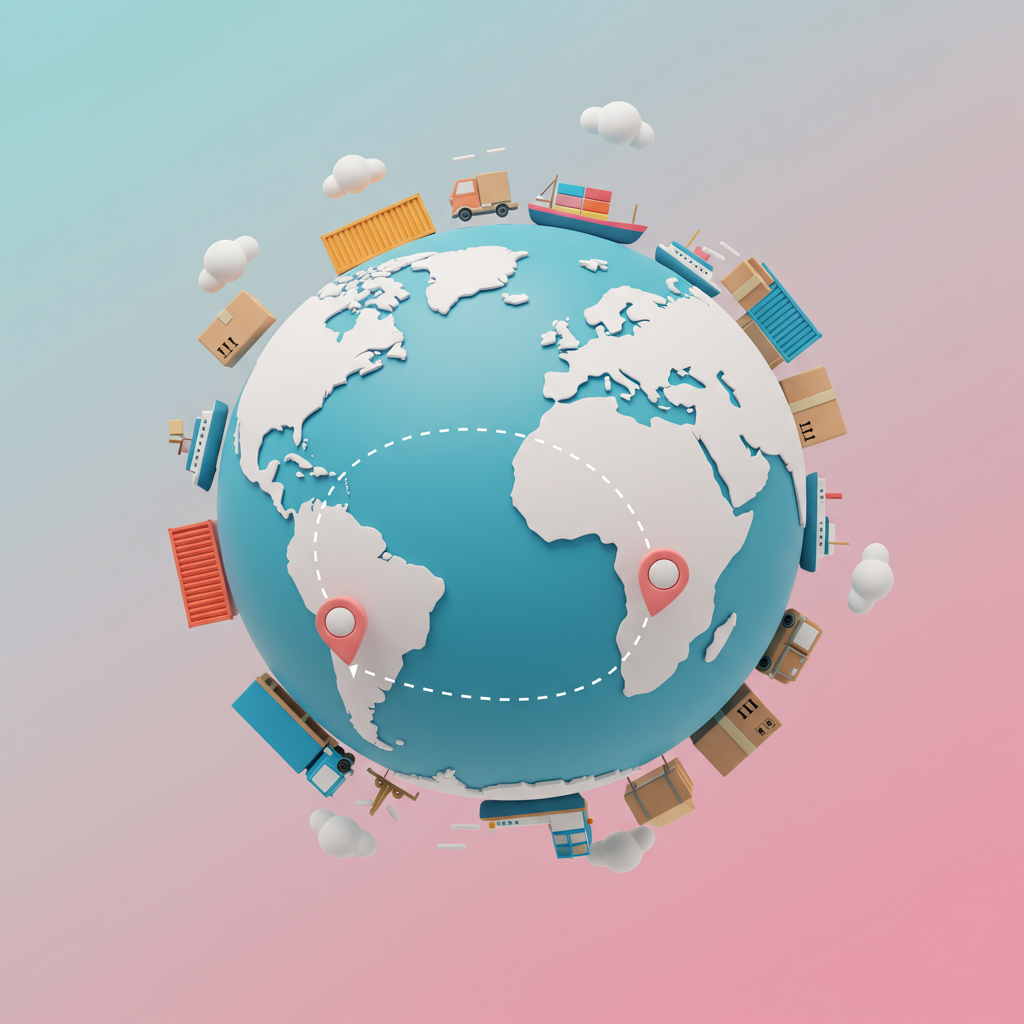Unlocking International Growth for Your E-commerce Business
As a Shopify merchant, I know the incredible thrill of seeing a new order come in.
But what about when that order originates from a customer halfway across the world?
International sales represent a monumental opportunity for us to expand our reach and grow our businesses beyond local borders.
However, I also understand that venturing into international shipping can seem daunting, fraught with complexities like customs, duties, and varying carrier options.
Today, I want to share my comprehensive insights and strategies for building a robust and efficient Shopify shipping framework specifically tailored for international orders.
It’s not just about slapping a label on a box; it’s about crafting a seamless, transparent, and positive experience for your global customers.
My first piece of advice is always to thoroughly understand your target markets.
I recommend deep-diving into where your international customers are located, their purchasing habits, and crucially, their local import regulations.
Are there specific product restrictions? What are the common duty thresholds? Knowing this upfront saves a lot of headaches later.
Next, choosing the right shipping carriers is absolutely paramount for your international success.
You’ll encounter major global players like DHL, FedEx, UPS, and various national postal services, each with their own strengths.
I often find that a mix of carriers works best, allowing me to offer different service levels based on customer needs and budget.
For instance, I might use an express courier for urgent deliveries and a more economical postal service for standard shipments.
Setting up your shipping rates within Shopify is another critical step that I pay close attention to.
You have options: flat rates, weight-based rates, price-based rates, or calculated rates.
I personally lean towards calculated rates, often integrated directly with Shopify or through a third-party app, as they provide the most accuracy.
This ensures I’m not undercharging and losing money, nor overcharging and deterring potential international buyers.
Now, let’s tackle what I consider the biggest hurdle for many merchants: customs and duties.
This is where many get tripped up, and I’ve certainly learned my lessons here.
It’s vital to understand the difference between DDP (Delivery Duty Paid) and DDU (Delivery Duty Unpaid).
I generally prefer to offer DDP where feasible, as it means the customer pays all duties and taxes upfront at checkout.
This eliminates any surprise fees upon delivery, leading to a much smoother and more satisfying customer experience.
Accurate HS (Harmonized System) codes for all your products are non-negotiable for international shipping.
These codes classify your goods for customs purposes and determine the applicable duties and taxes.
I make it a point to ensure all my product listings and shipping documents include the correct HS codes.
Packaging and labeling also require special attention when shipping internationally.
Your packaging must be robust enough to withstand longer transit times and multiple handling points across different countries.
I always double-check that all necessary customs forms, commercial invoices, and shipping labels are correctly filled out and securely affixed.
Don’t overlook your international returns and exchanges policy.
This can be complex, so I advise having a clear, transparent, and easily accessible policy on your Shopify store.
Consider options like offering partial refunds for minor issues or exploring local return centers in high-volume international markets.
Within Shopify, leverage the platform’s capabilities and available apps to streamline your international shipping process.
Many apps can assist with duty calculation, automated label printing, and advanced tracking functionalities.
I also ensure my store’s language and currency settings are optimized to provide a localized experience for international visitors.
Finally, clear and proactive communication with your international customers is absolutely vital.
I always provide tracking information promptly and proactively inform them about any potential delays or customs issues.
Transparency builds immense trust, especially when dealing with the inherent uncertainties of cross-border logistics.
Expanding your Shopify store internationally is a journey, not a one-time setup.
I continuously review my shipping performance, analyze costs, and look for opportunities to optimize my processes.
What do you think about this article? I’d love to hear your thoughts and experiences with international shipping!
By implementing these strategies, I truly believe you can confidently navigate the complexities of international shipping.
It’s about turning those perceived challenges into exciting new avenues for global growth and customer satisfaction for your Shopify business.






